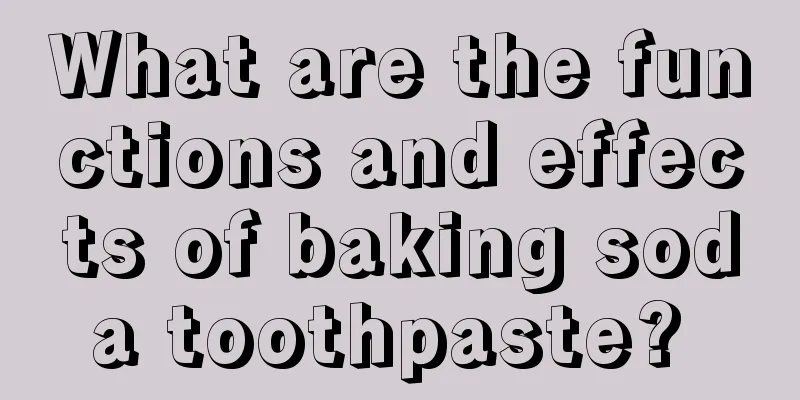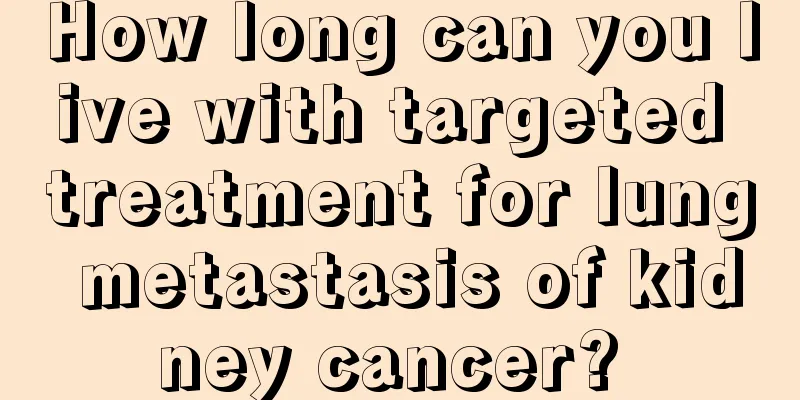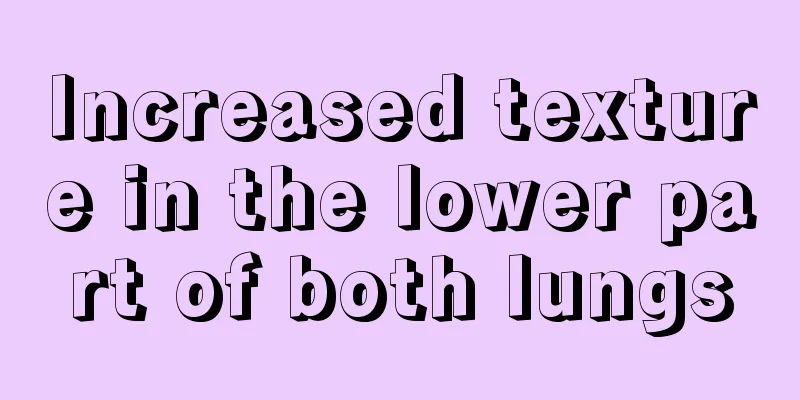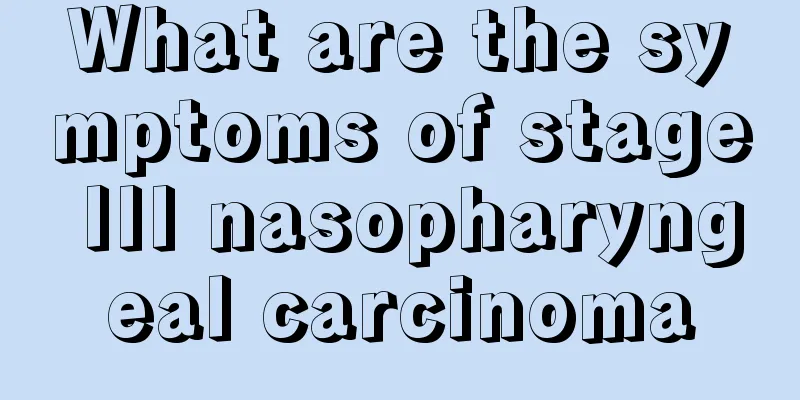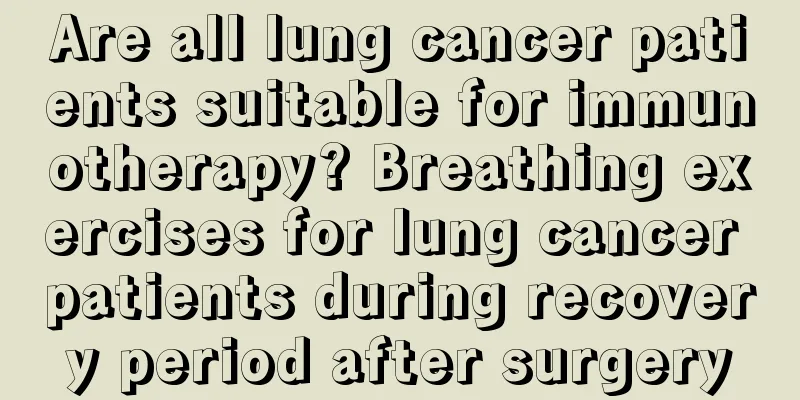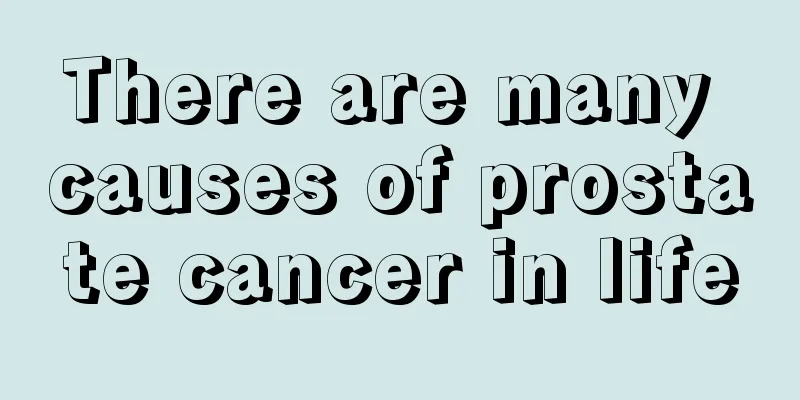How long does it take to recover from myocarditis
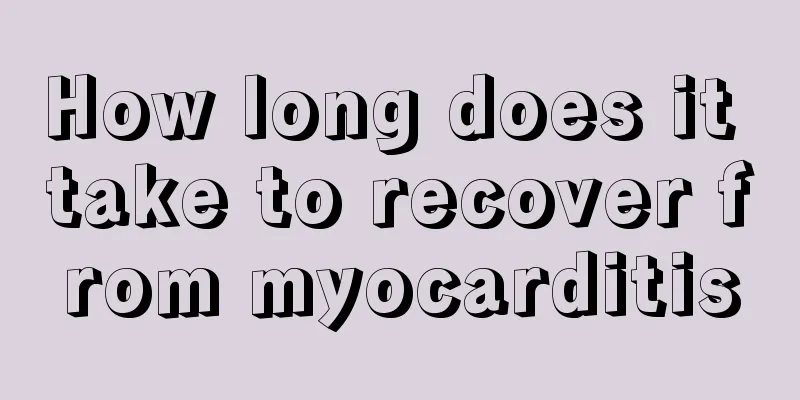
|
If we exercise too much, it can actually cause inflammation in our muscles. In fact, everyone should be familiar with myocarditis. Even many of our friends who engage in physical labor suffer from this disease. After suffering from myocarditis, some exercises that affect the heart muscle cannot be performed. So, how long does it take to recover from myocarditis? In fact, this has a lot to do with the patient's condition. Myocarditis refers to a disease characterized by localized or diffuse inflammatory lesions of the myocardium. According to the established Dallas criteria, the histological evidence of myocardial infiltration is myocardial inflammatory cell infiltration accompanied by degeneration and necrosis of adjacent myocardial cells. In 1991, Lieberman divided myocarditis into fulminant myocarditis, acute myocarditis, chronic active myocarditis and chronic persistent myocarditis based on the histological changes and clinical manifestations of myocardial biopsy. The clinical manifestations of myocarditis are diverse, ranging from no symptoms to severe arrhythmias, acute heart failure, cardiogenic shock and even death. Endomyocardial biopsy is the "gold standard" for the diagnosis of myocarditis. The treatment of myocarditis is mainly symptomatic and supportive, mainly for active treatment of shock, heart failure, arrhythmia and other comprehensive treatments, especially for the treatment of patients with fulminant myocarditis. The treatment of myocarditis is usually supportive therapy, especially for viral myocarditis (a self-limiting disease), which mainly focuses on the clinical manifestations of the disease. Physical activity Patients with acute myocarditis should avoid anaerobic exercise. A mouse model of Coxsackie B3 virus myocarditis showed that sustained high-intensity exercise increased mortality and suppressed T lymphocyte activity. Myocarditis is one of the causes of sudden death in young athletes. The 36th Bethesda Conference in 2005 pointed out that athletes suspected of myocarditis need to stop all competitive sports for more than 6 months. People can participate in training and competitions when the left ventricular structure and function return to normal and there is no arrhythmia. It is recommended that patients with myocarditis and stable heart failure participate in appropriate physical exercise. Treatment of heart failure It can be divided into two aspects: drug and (or) mechanical assisted treatment. According to the current drug treatment plan for heart failure, the following drugs should be selected based on the NYHA functional classification: beta-blockers, diuretics, ACEI, ARB, etc. For some patients whose condition continues to deteriorate despite optimal drug treatment, mechanical circulatory support or extracorporeal membrane oxygenation (ECMO) treatment can provide a bridge to patient recovery or heart transplantation. Even if the patient has an acute onset or is accompanied by severe clinical manifestations, he or she still has a good prognosis through active standardized treatment, with a survival rate of 60% to 80% and cardiac function returning to normal. Treatment of heart rhythm disorders The treatment of arrhythmia includes three aspects: etiology treatment, drug treatment and non-drug treatment. For patients who have no subjective symptoms and whose ventricular arrhythmias occur infrequently, myocarditis should be treated actively and antiarrhythmic drugs may not be used for the time being. According to the 2006 guidelines issued by the ACC/AHA and ESC, symptomatic or persistent arrhythmias should be treated. Symptomatic or persistent ventricular arrhythmias should be treated aggressively, using amiodarone if necessary. When patients with myocarditis develop severe atrioventricular block, glucocorticoids and isoproterenol can be used to increase the ventricular rate. If Ass syndrome occurs, a pacemaker needs to be implanted to help the patient through the acute phase. In 2013, the ESC recommended not to consider implanting an implantable cardioverter-defibrillator (ICD) during the acute phase, but to follow the ESC guidelines for the treatment of arrhythmias after the acute phase. |
<<: Three items of myocardial damage
>>: Can bitter melon and water spinach be eaten together
Recommend
10 inconspicuous but fatal symptoms
1. Drooling while sleeping is not just cute Are y...
Are brain tumors and brain cancer the same? What is the difference between brain tumors and brain cancer?
The symptoms of many diseases are difficult to di...
The efficacy and side effects of maca tablets
Many older people will pay more and more attentio...
How to reduce fat on waist
The gradual increase of fat on the waist has brou...
Three obvious symptoms of laryngeal cancer
Laryngeal cancer is a type of oncology disease, a...
What is the reason for the swollen fingers
When the human body feels swollen fingers, people...
What is the main organ for blood production?
I believe everyone knows about leukemia, which is...
Is it okay to wash your face with pure milk every day?
Washing your face with milk can make your facial ...
What should you pay attention to in order to prevent cervical cancer? Women must know these 4 things in order to prevent cervical cancer
Cervical cancer is preventable. Because the cause...
Symptoms of tongue tie inflammation
The tongue is a tissue that looks simple but is a...
What are some exercises for leg training?
Going to the gym to train your legs is a very imp...
Do I need to hold my urine when doing an ultrasound at 3 months old?
When a woman is three months pregnant, she is sti...
How to treat high C-reactive protein
Increased C-reactive protein refers to a phenomen...
The main methods for diagnosing colon cancer
Once the early symptoms of the disease appear, yo...
How to use atropine eye ointment for children
The usage and dosage for children and adults are ...


